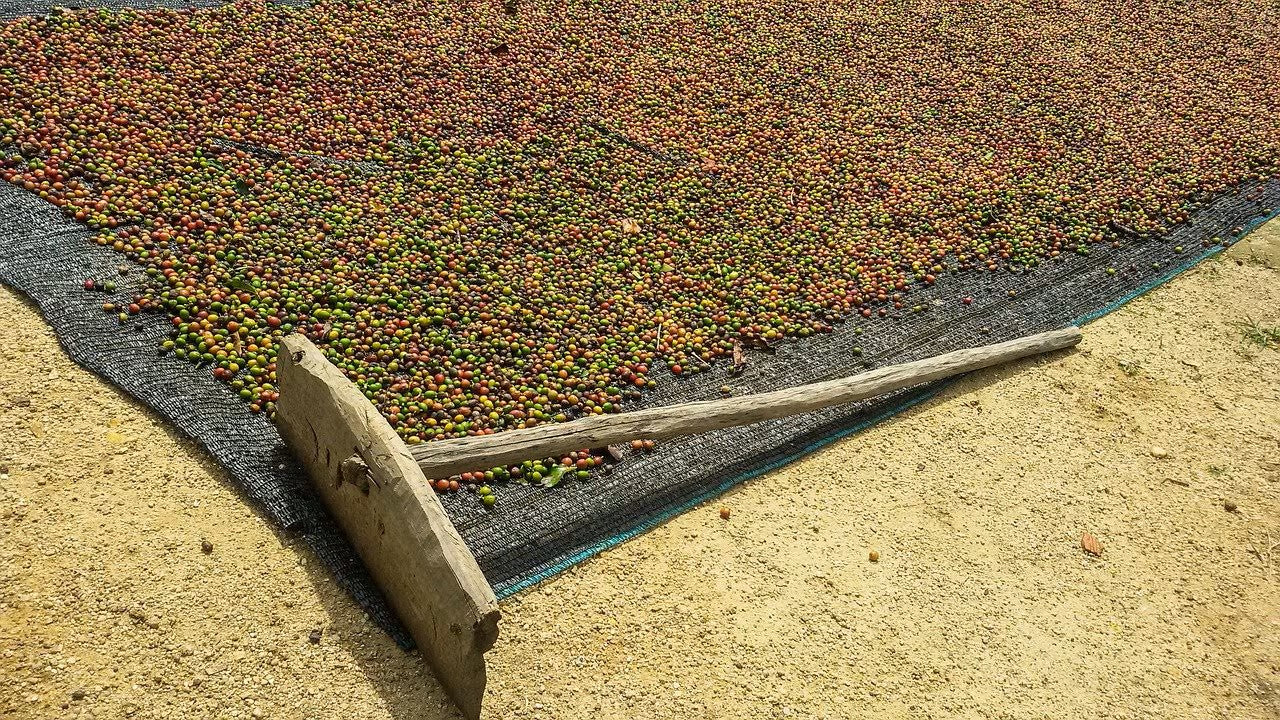What is specialty coffee?
Single origin. Microlots. 90 points. Shade grown. If you’re just getting started in the world of specialty coffee, these words may sound like you’re reading a textbook on Martian agriculture.
Or like a clever marketer's way of presenting a half-pie product to make you want to buy it.
Specialty coffee, the real kind, is nothing like that. There is science, passion and ethics behind what started as a humble movement and grew to represent 50% of the value of the global coffee trade today.
Join us on a journey into the world of high-end beverages. Find out what it takes to score 90 points on the coffee points scale and why only a fraction of all coffees make it into this hall of fame.
And most importantly, why it is not a marketing gimmick, but a fair and sustainable way of growing coffee.
Or like a clever marketer's way of presenting a half-pie product to make you want to buy it.
Specialty coffee, the real kind, is nothing like that. There is science, passion and ethics behind what started as a humble movement and grew to represent 50% of the value of the global coffee trade today.
Join us on a journey into the world of high-end beverages. Find out what it takes to score 90 points on the coffee points scale and why only a fraction of all coffees make it into this hall of fame.
And most importantly, why it is not a marketing gimmick, but a fair and sustainable way of growing coffee.




















